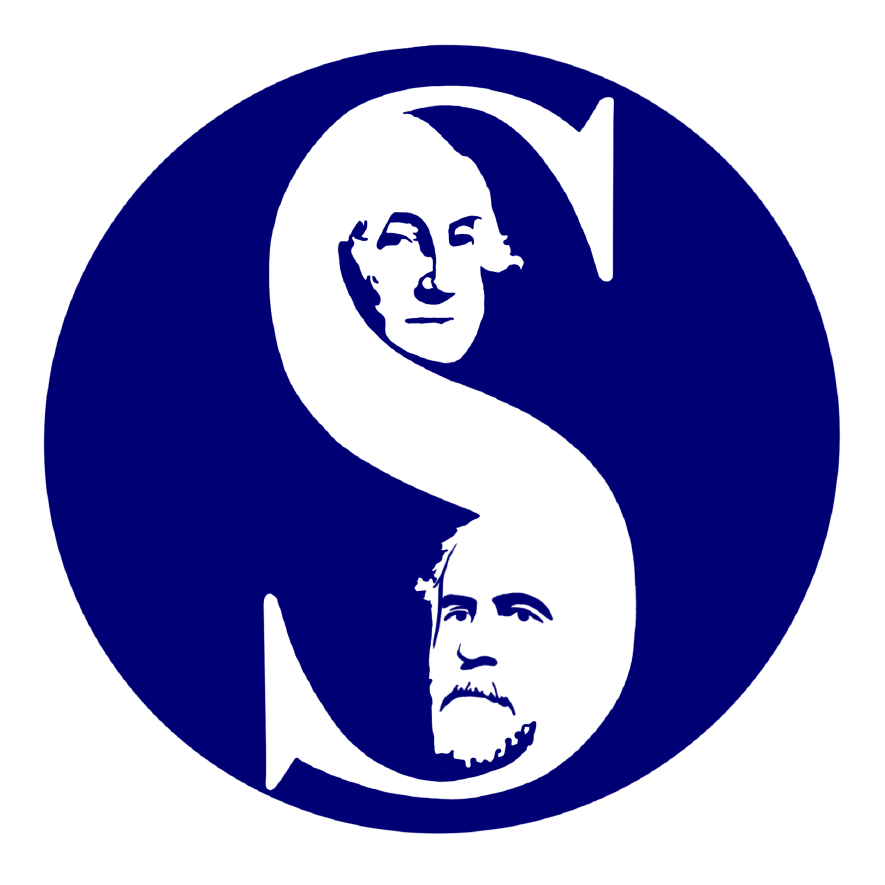More Than Speakers and Balloons: A Look at Mock Convention’s Executive Team
By Catherine Ahmad and George Sarkes From the moment you step onto Washington and Lee’s campus, the storied history of our Mock Convention is as much a fixture on campus as the Colonnade and speaking tradition. Founded in 1908, our convention is the most accurate mock convention in the nation. When speaking with alumni, tales of the notable speakers and the extravagant parade are held dear. After reflecting on our own Mock Convention experience, we were curious about the work that makes this convention so successful. We first spoke to Professor Bill Connelly, the Political Advisor for the Mock Convention since 1988. He couldn’t give higher praise for this year’s Executive team and convention as a whole stating, “It is the best convention that I have experienced since my first in 1988. It was the most successful perhaps because the students operated under severe financial contracts. Having been left no money from the previous convention, the student who led Mock Con in 2016 behaved with enormous responsibility.” When reflecting on his own involvement, Connelly stated, “Mock Con is successful because it is student run and the students deserve all the credit.” Given all of the high praise that Professor Connelly had for this year’s Executive Team, we were curious about its inner workings and how it was able to be so successful this year.
To learn more about the work behind Mock Convention, we spoke with Lindsay Cates ’16, General Secretary of the Convention. Initially, the Executive Team would meet two to three times a week. As the date of the convention approached, it would not be unusual for the team, along with the steering committee, to have meetings every day. Looking back on the experience, Cates mentioned that it took about a year for the Executive Team to develop a methodology that worked well for communicating. They attempted different email systems, group messaging platforms, and face-to-face meetings. It took time to develop trust in each other as well as learning the different working personalities of everyone on the staff. Laughing, Cates stated, “None of us knew what we were getting into, but it became such an amazing experience.” When considering future conventions, Cates wishes that the student body would be better informed on the convention process as a whole, such as understanding the convention process in regard to primaries and caucuses. In terms of advice on leadership and working on a team, Cates recommends not being afraid to make tough decisions and remembering that patience and over-communication is good. She believes that it is better to bombard people with informative e-mails rather than just sparingly sending critical e-mails out. Cates has plenty of experience with communicating via e-mail after serving as General Secretary. She would answer roughly fifty to a hundred e-mails per day, answering simple questions posed by parents and alumni as well as addressing concerns from the other staff members. She, like other members of the Executive team, was never compensated for the thousands of hours that they invested in the organization over the four-year period. They invested their free time and energy, sacrificing sleep and academic work in order to ensure that the convention was not only accurate but ran smoothly. Although the Republican nominee for the General Election will not be announced until July in Cleveland, Cates has faith in the political team’s selection of Donald Trump as she witnessed the amount of work that went into their decision.


